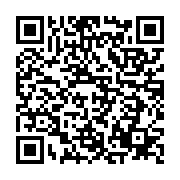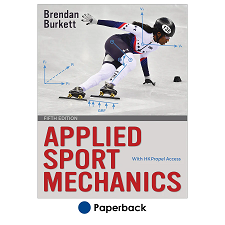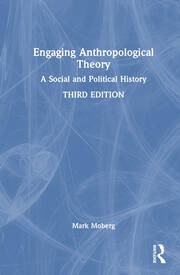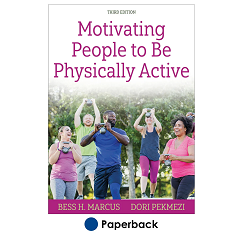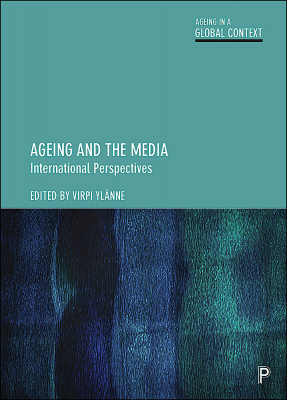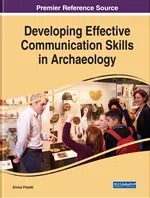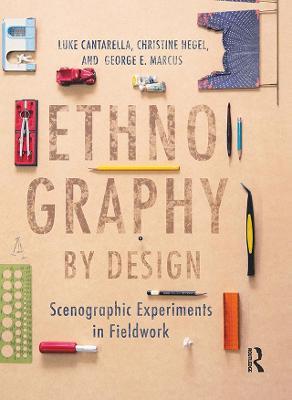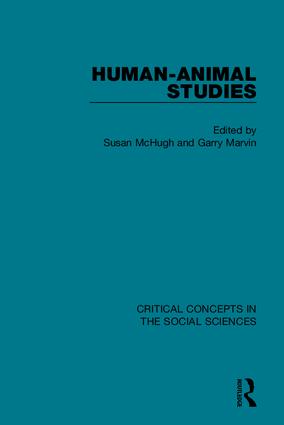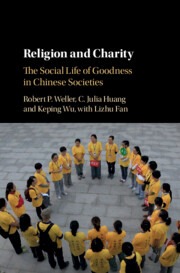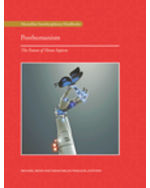Unlock the secrets of athletic performance with Applied Sport Mechanics, Fifth Edition With HKPropel Access. This comprehensive guide is designed to help students, coaches, and physical educators understand the fundamental laws of human movement and their impact on sport performance. Authored by Brendan Burkett, PhD, a renowned expert in biomechanics and sport coaching, this edition offers a unique blend of theory and practical application. Throughout the full-color text, photos and illustrations offer visual demonstrations of the content to engage readers and clarify complex topics.
Key features include these:
Application to Sport sidebars that connect concepts directly to sport performance and analysis
Pedagogical aids, including a glossary and chapter objectives, to facilitate learning and comprehension
Related online resources delivered through HKPropel, featuring a study guide, chapter review questions, practical activities, and author recommendations of videos and blogs for further learning
Dive into the foundational principles of kinetics, kinematics, and sport technique, and explore their real-world applications through a variety of engaging scenarios. Then learn how to observe and analyze an athlete’s technique and apply mechanical principles to correct errors and improve performance. With 13 well-structured chapters, this textbook is perfectly suited for a semester-long course, making it an ideal resource for both students and instructors.
Key features include these:
Application to Sport sidebars that connect concepts directly to sport performance and analysis
Pedagogical aids, including a glossary and chapter objectives, to facilitate learning and comprehension
Related online resources delivered through HKPropel, featuring a study guide, chapter review questions, practical activities, and author recommendations of videos and blogs for further learning
Dive into the foundational principles of kinetics, kinematics, and sport technique, and explore their real-world applications through a variety of engaging scenarios. Then learn how to observe and analyze an athlete’s technique and apply mechanical principles to correct errors and improve performance. With 13 well-structured chapters, this textbook is perfectly suited for a semester-long course, making it an ideal resource for both students and instructors.


